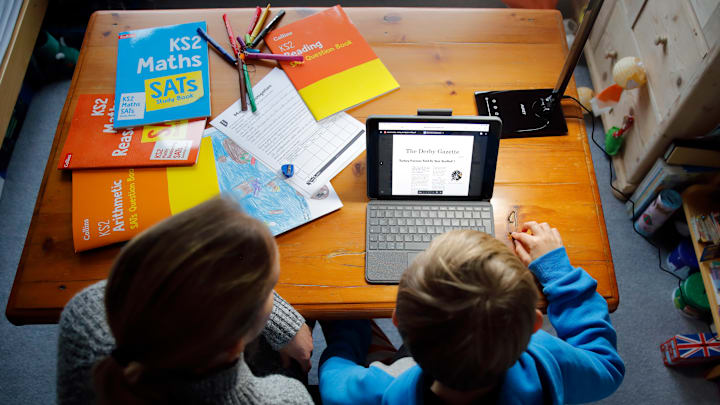Designing a Productive Study Space for Kids

Creating a productive study space for kids is essential for fostering a positive learning environment at home. Start by choosing a quiet area with minimal distractions, such as a corner of their bedroom or a dedicated study room. Ensure the space is well-lit with both natural and task lighting to reduce eye strain and improve focus. Invest in ergonomic furniture that is appropriately sized for your child. A desk with ample surface area and adjustable height, paired with a comfortable chair that supports good posture, can make a significant difference in their comfort and concentration. Consider a desk with built-in storage or add organizers to keep school supplies and study materials within reach and neatly arranged. Personalize the study space to make it inviting and inspiring. Use colorful decor, motivational posters, and educational materials that reflect your child’s interests. A bulletin board or wall-mounted organizer can help keep track of assignments, schedules, and important reminders. Create a clutter-free environment by incorporating storage solutions such as shelves, drawers, and bins. Label containers to make it easy for your child to find and put away their supplies. A tidy workspace can reduce distractions and improve productivity. Incorporate technology thoughtfully. Ensure the study space has access to necessary tech tools like a computer, printer, and reliable internet connection. Use cable management solutions to keep cords organized and out of the way. Establish a routine and set boundaries for study time. Encourage regular breaks to prevent burnout and maintain focus. Providing a comfortable and well-equipped study space can help your child develop good study habits and a positive attitude towards learning. By focusing on ergonomics, organization, personalization, and technology, you can create a productive study space that supports your child’s academic success and overall well-being.